Mastering the Art of Product Storytelling: Unlocking the Power of Features & Benefits

You’ve got a fantastic product or service, but how do you turn that into a compelling story that resonates with your ideal customer? The key lies in understanding the difference between features and benefits, and then weaving them together to create a narrative that speaks directly to your audience’s needs and desires.
Think of it this way: features are the what of your product, while benefits are the why it matters. Features describe the tangible aspects, the technical specifications, the components that make up your offering. Benefits, on the other hand, articulate the value proposition, the impact your product has on the customer’s life, the solutions it provides to their pain points.
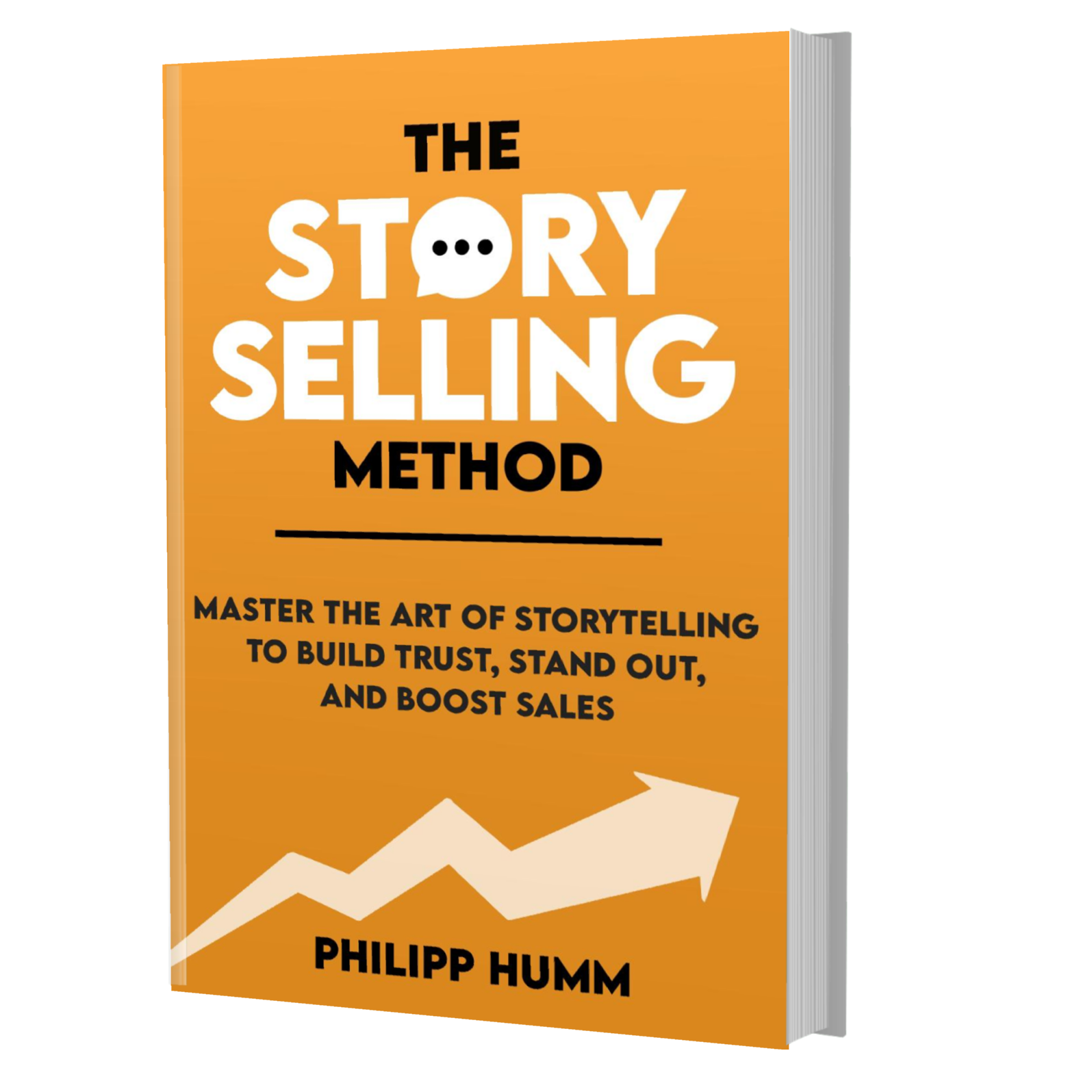
Let’s dive into this with an example. Imagine you’re selling a smart home security system.
Features:
- 24/7 monitoring: This feature is a fact, a technical detail.
- Motion sensors: This describes a specific component of the system.
- Remote control via app: This highlights a specific functionality.


Benefits:

- Peace of mind knowing your home is protected: This is the emotional impact of the 24/7 monitoring feature.
- Early detection of potential intruders: This explains how motion sensors contribute to safety.
- Control your security system from anywhere: This emphasizes the convenience of remote access.


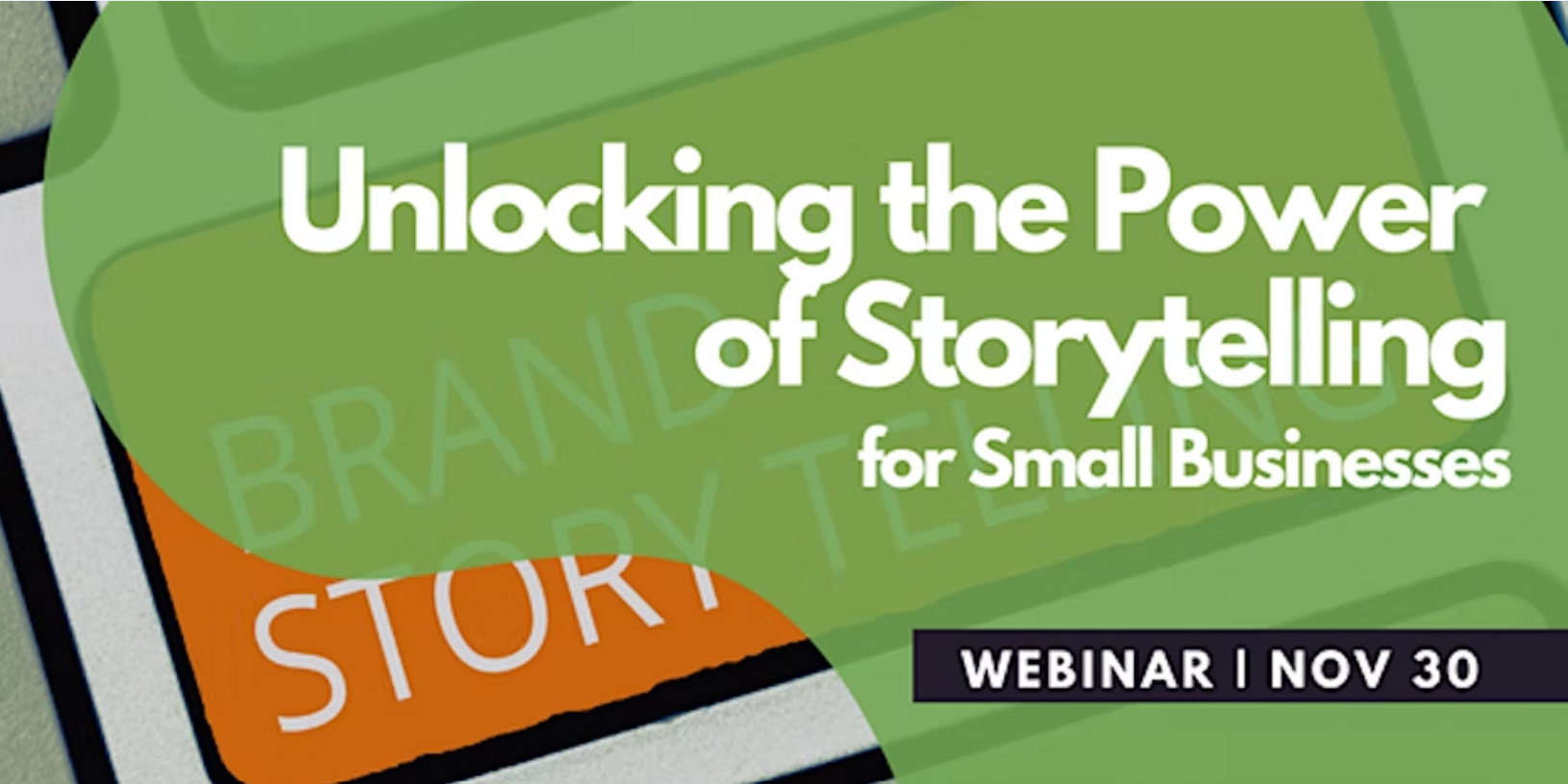
See the difference? Features are the building blocks, while benefits are the emotional connection, the reason why someone would choose your product over others.
Here’s a framework to guide you in crafting your product story:
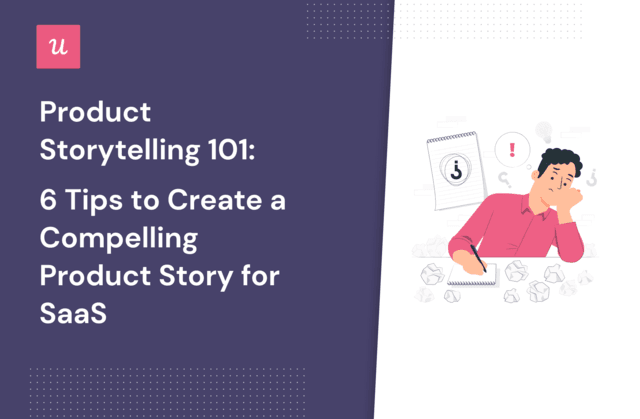
1. Identify Your Ideal Customer Persona:
- Who are they? What are their demographics, lifestyle, and interests?
- What are their pain points? What challenges do they face? What are their frustrations?
- What are their goals? What are they trying to achieve? What are their aspirations?


2. Understand Your Product’s Unique Value Proposition:
- What problem does your product solve? What need does it fulfill?
- What makes your product different? What are its unique advantages over competitors?
- How does your product benefit your ideal customer? How does it improve their lives?
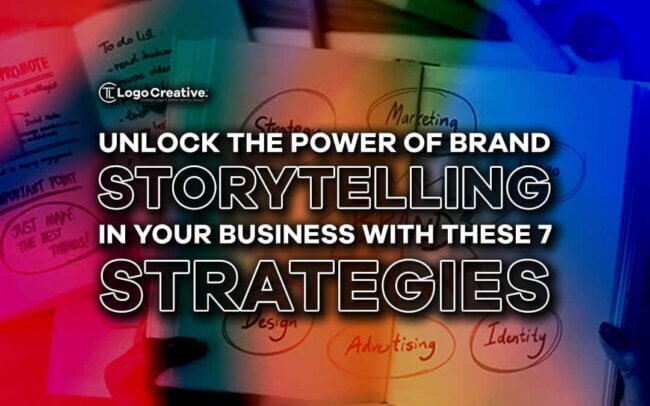
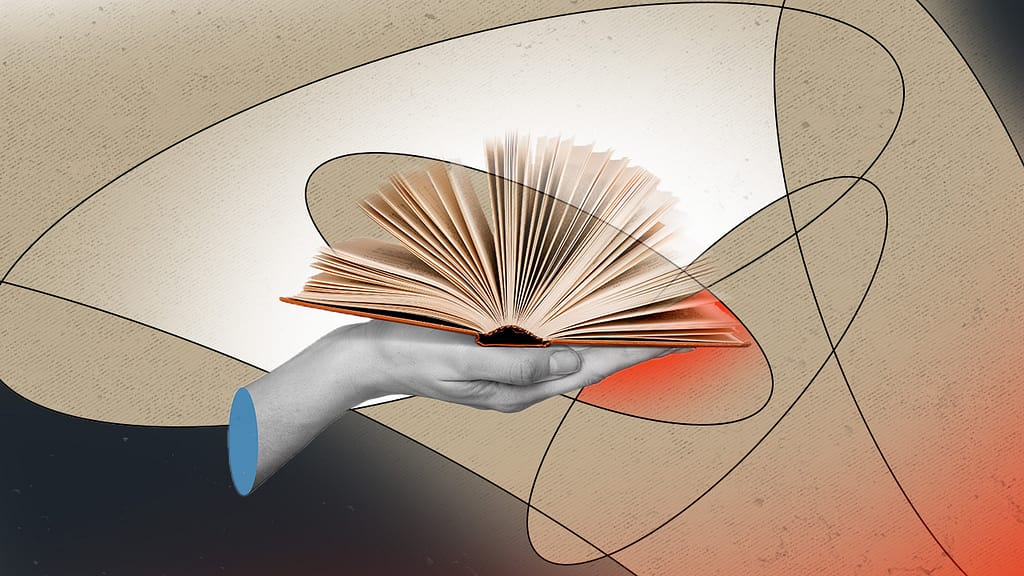
3. Translate Features into Benefits:
- For each feature, ask yourself: "How does this feature benefit my ideal customer?"
- Use strong verbs and descriptive language: Paint a picture of the positive impact your product has.
- Focus on the emotional connection: Appeal to your customer’s desires and aspirations.
4. Structure Your Story:
- Start with the problem: Introduce the pain point your ideal customer faces.
- Introduce your solution: Present your product as the answer to their problem.
- Highlight the benefits: Emphasize the positive impact your product has.
- Include testimonials and social proof: Show that others have had positive experiences with your product.
- End with a call to action: Encourage your audience to take the next step, whether it’s visiting your website, contacting you, or making a purchase.
Examples of Benefits for Different Product Categories:
Interior Design & Architecture:
- Enhanced Functionality: Creating spaces that are both beautiful and practical.
- Increased Comfort: Designing spaces that are inviting and relaxing.
- Improved Aesthetics: Creating spaces that are visually appealing and reflect your personal style.
- Enhanced Value: Increasing the market value of your property through thoughtful design.
- Increased Efficiency: Optimizing space utilization and creating efficient workflows.
- Improved Mood & Well-being: Creating spaces that promote a sense of calm and well-being.
Let’s Apply This to Your Specific Case:
You mentioned you’re an interior design expert and architect. To help you tailor your message, I need more information about your specific product or service.
Please tell me:
- What specific service do you offer? (e.g., full-service interior design, architectural design, home staging, etc.)
- Who is your ideal customer? (e.g., homeowners, real estate investors, businesses, etc.)
- What are the key problems your service solves for your ideal customer? (e.g., lack of inspiration, inefficient space utilization, outdated design, etc.)
Once I have this information, I can provide you with more specific examples of features and benefits that will resonate with your target audience.
Remember, your goal is to tell a compelling story that connects with your ideal customer on an emotional level. By focusing on the benefits of your product or service, you can make a powerful impact and drive conversions.

